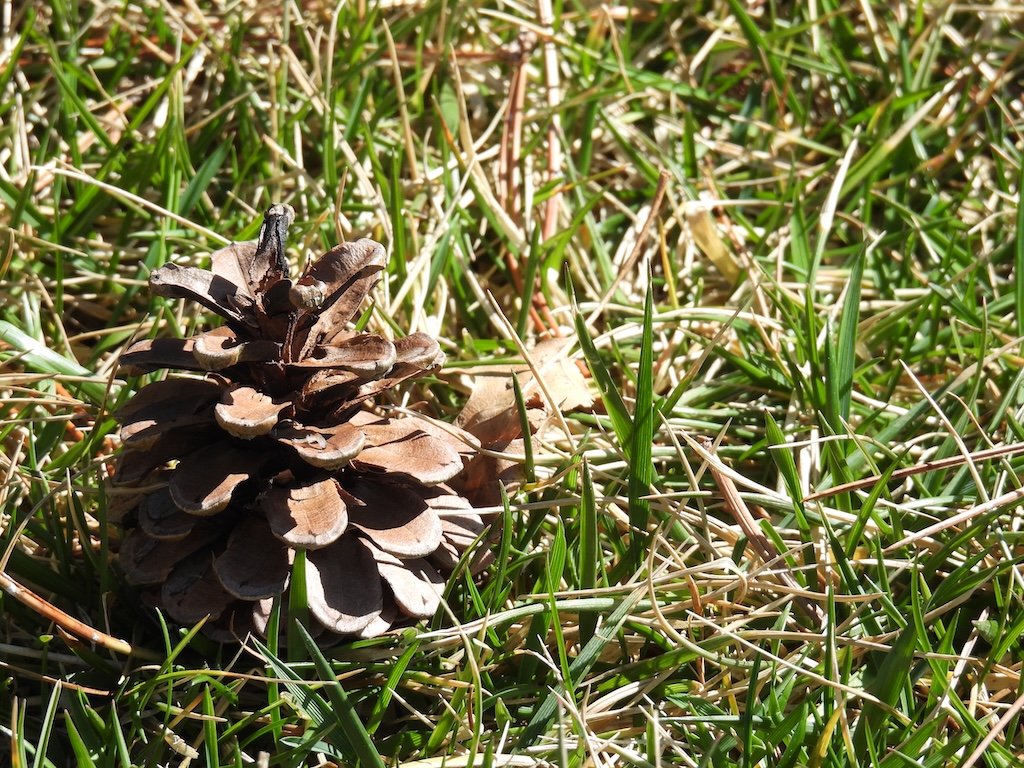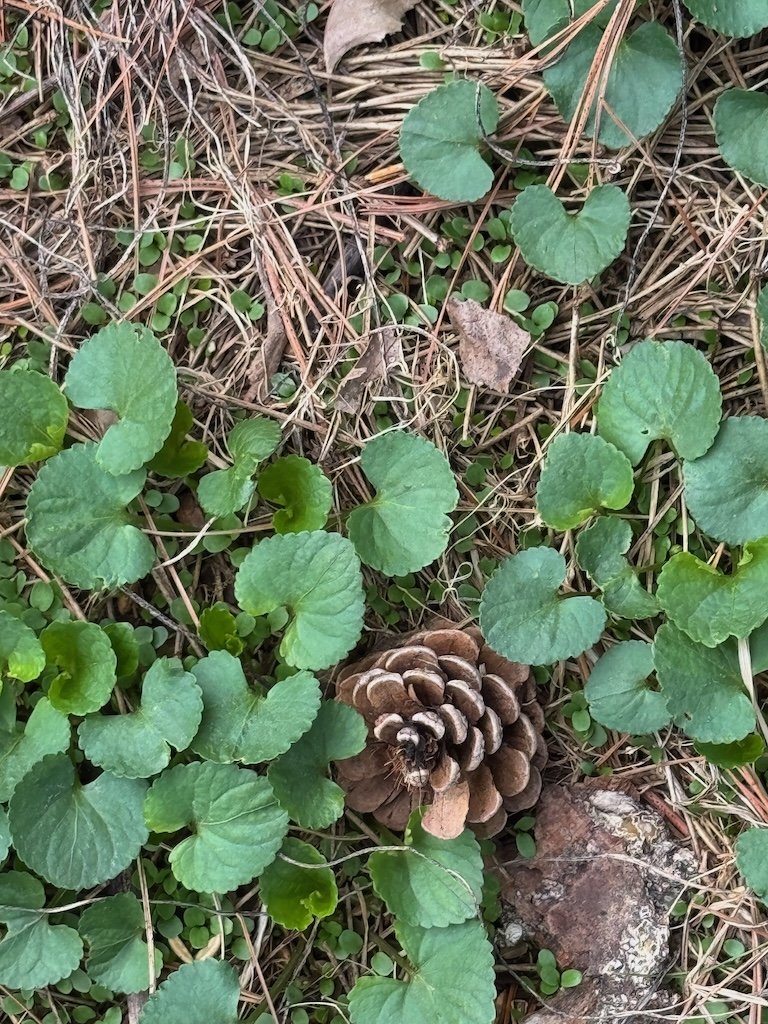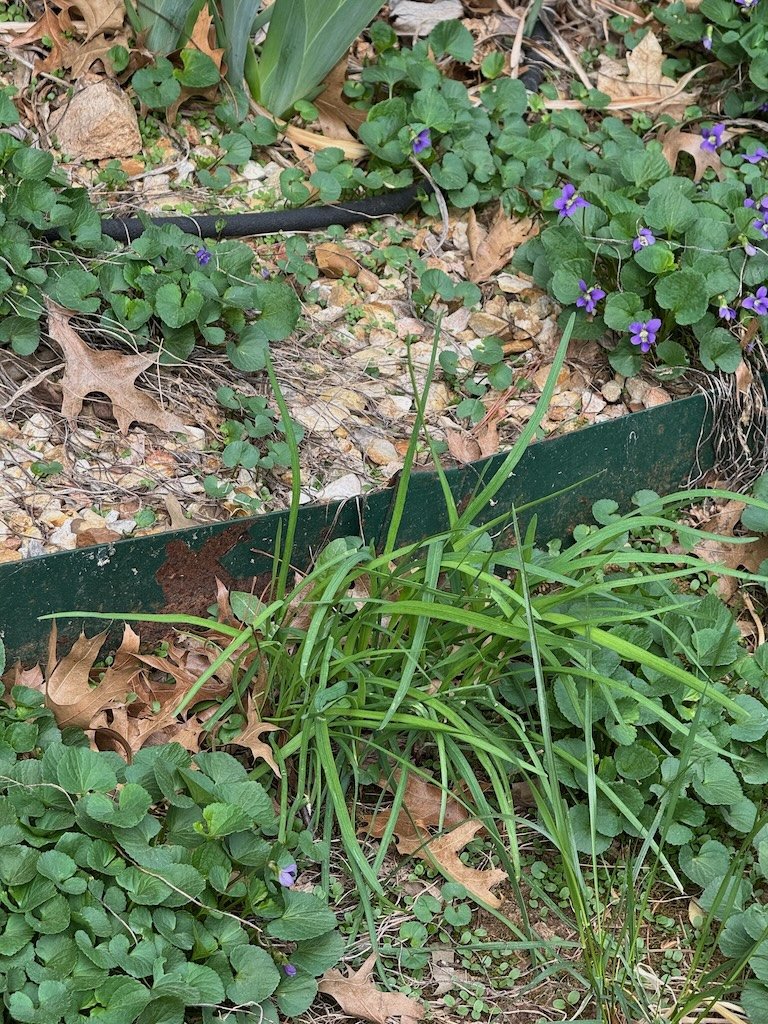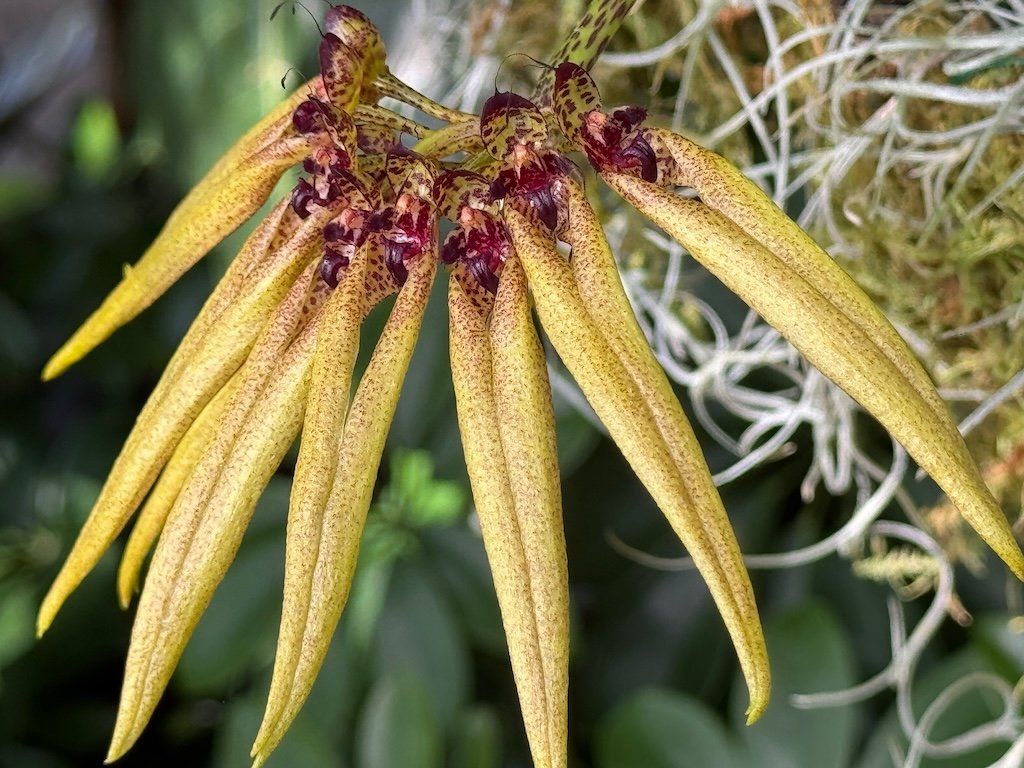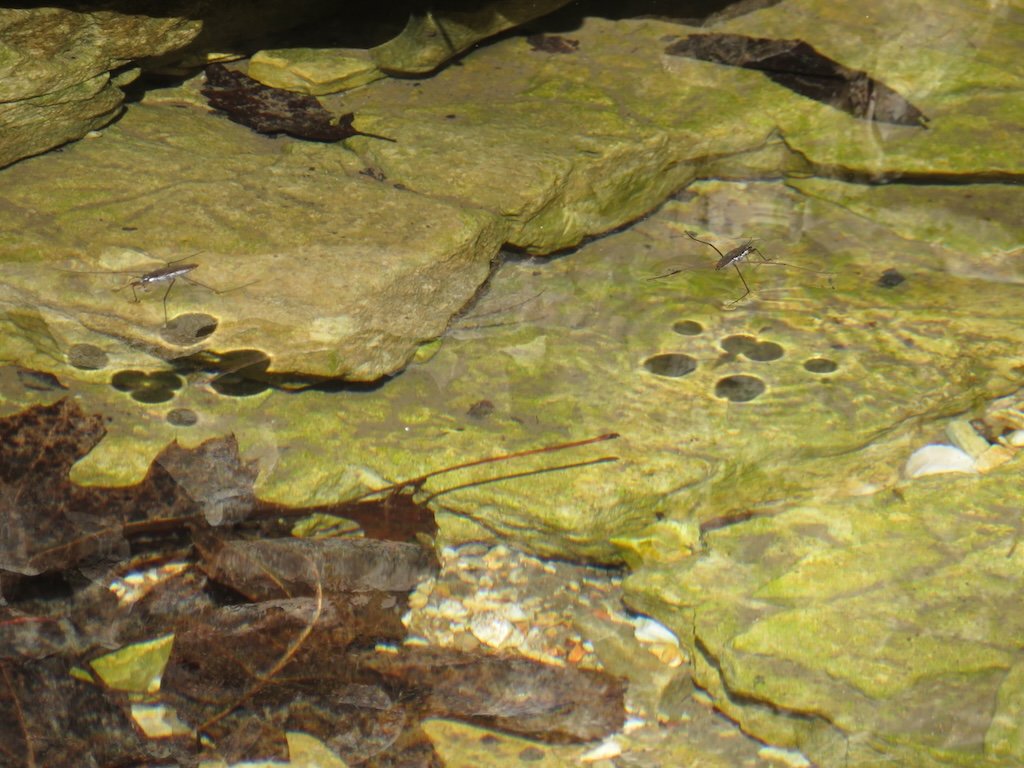Gleanings of the Week Ending April 26, 2025
/The items below were ‘the cream’ of the articles and websites I found this past week. Click on the light green text to look at the article.
Liberation of Bergen-Belsen: how a lack of protective clothing cost lives – Typhus was rampant when the Bergen-Belsen concentration camp was liberated by British troops on April 15, 1945. Anne Frank had died there just a few weeks before. What happened in the immediate aftermath of liberation is described.
How climate change is supercharging pollen allergies – Longer growing season….and extreme allergy events where trillions of pollen particles, sucked up into the clouds as the storm formed, splintered by rain, lightning and humidity into ever-smaller fragments – then cast back down to Earth for people to breathe them in. In one such event in Australia - emergency rooms saw eight times as many people turning up with breathing problems as they would normally expect. Nearly 10 times as many people with asthma were admitted to hospital. 10 people died. It’s been called ‘thunderstorm asthma.’ In the US, pollen levels are expected to be higher than average in 39 states…with worse symptoms.
Colorful city birds – Brown shades are more common in natural environments than in cities. Successful urban bird species have more elaborate colors in their plumage, which is especially true for females. Cities seem to favor more colorful birds -- probably because there are fewer predators in urban areas and 'being seen' poses a lower risk than in rural areas.
See the Titanic in Remarkable Detail With a 3D Scan – From National Geographic. …a digital reconstruction of the wreck.
Royal Meteorological Society Celebrates 10 Years of Incredible Weather Photography – Great photographs an interview with Kirsty McCabe, UK's Royal Meteorological Society’s senior broadcast meteorologist and editor of their MetMatters blog.
Odd-Looking Blue Creatures Are Washing Up in Large Groups on California’s Beaches Once Again –The jellyfish-like creatures in this post are Velella velella – thin, oval shaped blue or purple that usually are 3-4 inches long. They use their stinging blue tentacles to prey on plankton.
Meet Four Amazing Endemic Parrots from New Zealand – They are quite different from each other…and the parrots we see in zoos.
Why you should avoid lotions and creams that contain 'fragrance' – Avoiding fragrance is easy enough…but other things are harder to detect and avoid.
Six immersive experiences for more joy – The 6 seems reasonable to me…most of them I had derived for myself already!
Ten National Wildlife Refuges That Need Our Support Most – All the wildlife refigures I have visited over the past few years have unmet maintenance needs. Funding for materials, equipment and staff has been too low for some time. There are Friends organizations that try to address some of the needs…but it is never enough. Some of the places that became refuges because they are very special are suffering now…maybe being irrecoverably harmed.





























